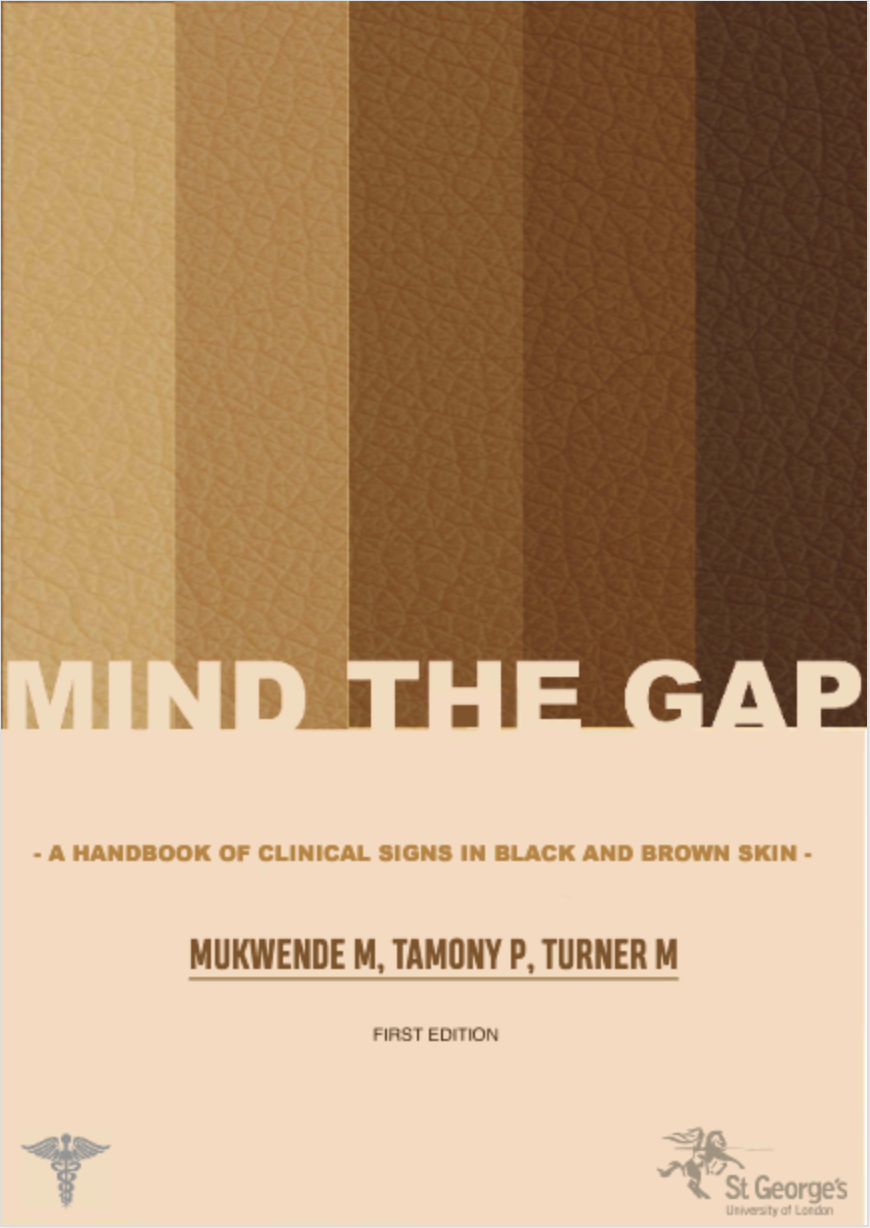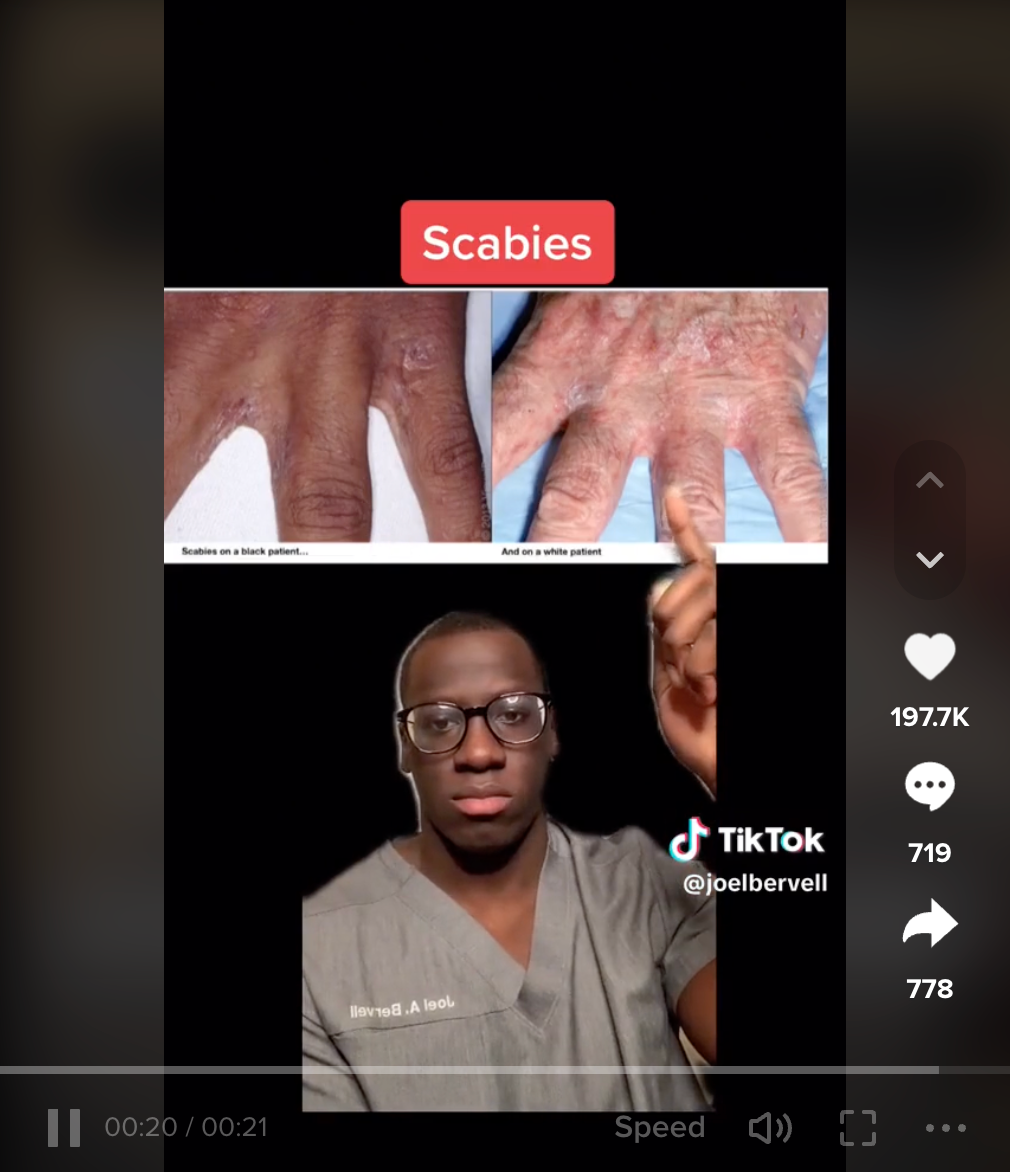Dr. David Crowe’s Vision Was Too Important to Wait
According to the National Institutes of Health, three percent of dermatologists are Black and 4.2 percent are Hispanic while Black and Hispanic Americans make up 13.4 and 18.5 percent, respectively, of the U.S. population. The lack of skin image diversity in medical textbooks means that medical students do not learn about how the conditions present on skin of color unless they seek out that information on their own. With dermatology impacting not only skin, but also hair, and nail conditions, the lack of education and racial/ethnic diversity in the dermatology specialty also influences the types of research done as well as the efficacy of drug trials.
Dr. David Crowe, Chair of the Department of Dermatology at MetroHealth, envisioned the Multicultural Dermatology Center when he joined MetroHealth a decade ago. He knew the clinical focus would be well received because the need was there. Dr. Crowe knew early on in medical school that he wanted to be a dermatologist. “There are never ending possibilities that when people enter the clinic we will be able to help them with differential diagnoses,” Dr. Crowe said. Dr. Crowe’s curiosity and desire to follow patients through their lifetime fuel his passion for inclusive dermatology.
With a focus on skin disease in skin of color, Dr. Crowe explained, “There’s been a broad gap between research dollars and access to care in minority populations. As Chair, I will bring interested learners into the clinic to help close the disparities gap in dermatology.” Dr. Crowe described one main benefit of the electronic health record as accessing hard to reach patients or groups with less access and the ability to make the first contact via telemedicine. “I can look at a picture sent by another provider, connect with that provider to give advice or arrange for the patient to be seen in the clinic. Drs. David Kaelber, Chief Medical Informatics Officer, and Yasir Tarabichi, Director of Clinical Research Informatics, have helped develop tools to prioritize the demand for people who have less access or really need help urgently.
“We are seeing more research in photo or sun damage that presents differently, in skin of color,” Dr. Crowe shared. Hidradenitis suppurativa is a condition that is more common in skin of color, difficult to treat, and painful. Dr. Crowe is a part of a team that is developing state of the art treatments for that condition. He added that psoriasis medications can help alleviate the pain, but that is more of an indirect close of the equity gap.
Another area of interest for racial/ethnically diverse dermatology patients is acne where discoloration caused by acne in different skin tones creates a persistent blemish that can last for months. “This discoloration cannot be underestimated and we are putting more focus on treating darker skin because of that,” Dr. Crowe emphasized.
From the CROWN Act (Creating a Respectful and Open World for Natural Hair) –a law that prohibits race-based hair discrimination, the denial of employment and educational opportunities because of hair texture or protective hairstyles, including braids, locs, twists or bantu knots–to celebrities being vocal about their own experiences with hair loss, the Center will also support people of color with hair loss. Dr. Crowe explained that the pathways in which hair loss happens in skin of color is different–with a higher likelihood of irreversible scarring hair loss. “We have to be accurate in diagnosis and move quickly,” Dr. Crowe asserted.
Calls to Action
- If you are a budding dermatologist in medical school, pay attention and listen to patients with skin of color–adapt a holistic approach
- Do not ignore the part(s) of your training that explore conditions on various skin tones–lean in and focus on it
- Join organizations like the Skin of Color Society to immerse yourself in new learnings and networks
Learn more about the MetroHealth Multicultural Dermatology Center.




